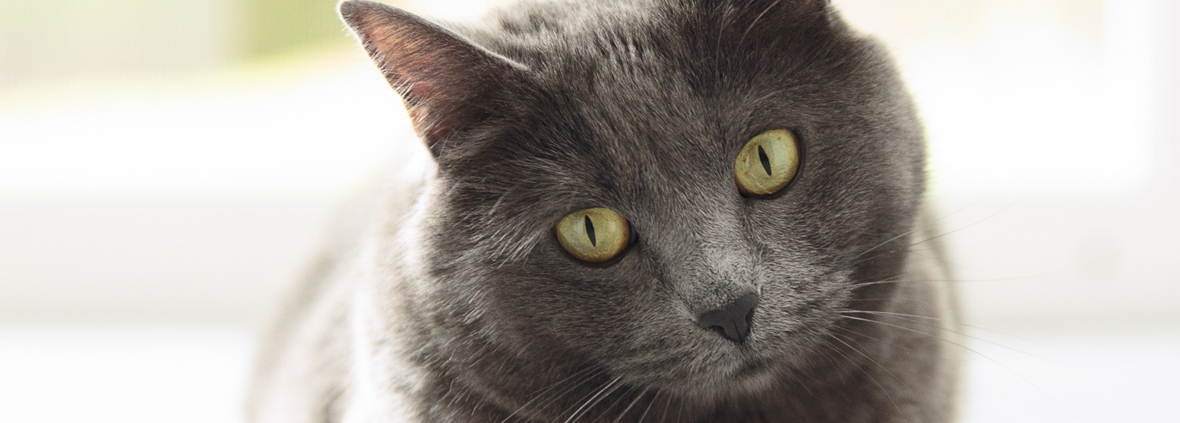Feline Arthritis Management Tips
A Whole-Cat Approach to Care
Helping a cat with arthritis isn’t just about giving a pill and hoping for the best. Arthritis care works best when you take a whole-cat approach—supporting their pain relief, environment, diet, mobility, and overall well-being. Because cats hide pain so well (and their treatment options are different from dogs), it’s important to build a thoughtful, customized plan with your veterinarian.
At CARE, we think of arthritis management through four main pillars:
- Pain Management
- Nutrition & Weight Control
- Lifestyle & Environment
- Rehabilitation & Extra Support
Not every cat will need every option, but knowing what’s available helps you and your vet create the best plan for your cat.
1. Pain Management
Pain relief is the foundation of arthritis care. Your vet may recommend:
- Monthly injections like Solensia®, which block certain pain pathways.
- NSAIDs (non-steroidal anti-inflammatory drugs) such as Onsior®, used carefully under veterinary supervision.
- Other medications (like gabapentin or amantadine) for extra support.
- Injections into the joint (less common in cats, but an option).
- Surgery in severe cases, such as hip replacements or corrective procedures.
2. Nutrition and Weight Control
Carrying extra weight puts more strain on sore joints. Helping your cat reach and maintain a healthy weight is one of the most powerful things you can do. Ask your vet about:
- Safe weight loss plans using portion control and prescription diets.
- Omega-3 fatty acids (like fish oil or green-lipped mussel), which can reduce inflammation and improve mobility. Always choose high-quality products tested for safety and purity.
- Supplements to skip: Research shows glucosamine and chondroitin don’t help cats.
3. Lifestyle and Environment
Small home adjustments can make a big difference:
- Add ramps or pet steps so your cat can reach favorite perches.
- Use soft, orthopedic bedding for sore joints.
- Place food, water, and litter boxes where your cat can reach them easily—ideally one on each floor of your home.
- Choose low-entry litter boxes that are big enough for your cat to move comfortably (about 1.5× their length).
4. Gentle Exercise and Enrichment
Cats with arthritis still benefit from movement—it keeps muscles strong and joints flexible. Aim for short, gentle play sessions that mimic natural hunting behavior: stalking, pouncing, hiding. Think “sprinter,” not marathon runner.
Try interactive toys, puzzle feeders, or simple enrichment like cardboard boxes and tunnels.
5. Rehabilitation and Acupuncture
Though more commonly used in dogs, some rehab therapies can also help cats:
- Laser therapy (done in a vet clinic).
- Pulsed electromagnetic field therapy (like the Assisi Loop®, which can be used at home).
- Massage or gentle stretching when your cat tolerates it.
- Acupuncture, when performed by a vet experienced with cats.
6. Other Options
- Adequan® injections may help slow joint damage. These are given under the skin by a vet.
- In some cases, surgery is the best way to relieve pain and restore comfort.
The Bottom Line
Arthritis is common, but it doesn’t have to mean the end of your cat’s active, happy life. With a whole-cat care plan—combining pain control, weight management, home adjustments, and gentle exercise—you can keep your cat comfortable and thriving for years to come.


